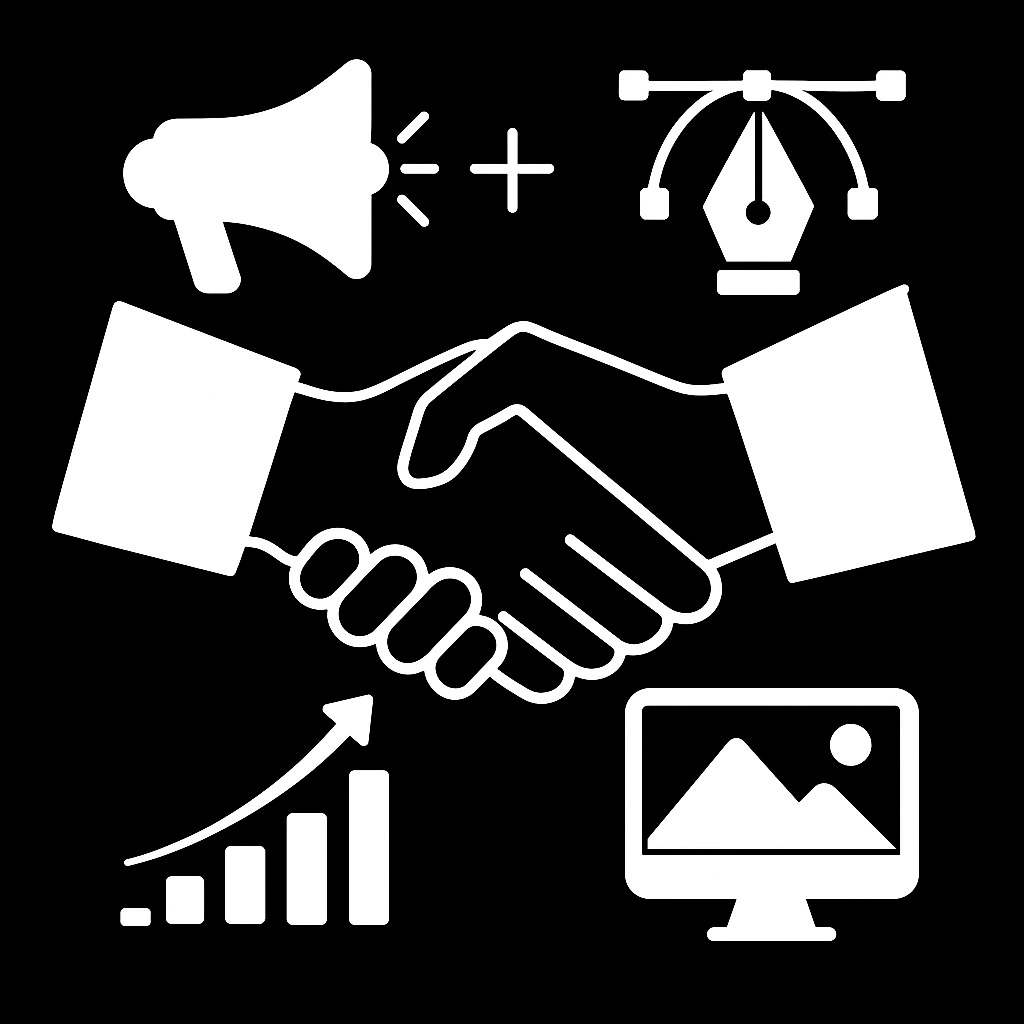The Perfect Pair: How Digital Marketing and Graphic Designing Work Together

In the fast-paced, visually immersive digital age of today, where companies compete not just on product but also on attention, engagement, and trust, the combination of digital marketing and graphic design creates a powerful synergy that fuels brand awareness, customer loyalty, and conversion, as digital marketing establishes the strategic foundation by reaching the right people through various channels such as social media, email marketing, content marketing, SEO, PPC, and influencer partnerships, while graphic design takes that strategy and turns it into beautiful, engaging, and memorable experiences using creative materials such as logos, social media images, infographics, ad creatives, landing page visuals, motion graphics, UI/UX elements, and illustrations, ensuring each campaign not only reaches the target audience but speaks to them deeply, grabbing attention in the awareness stage with scroll-stopping visuals, breaking down complicated ideas in the consideration phase through infographics and illustrations, nudging users toward conversion with strategically positioned CTAs and optimized layouts, and strengthening post-purchase loyalty with tailored visual content, as both disciplines come together to create an end to end seamless journey across the digital funnel, facilitated by collaboration tools such as Figma, Canva, Adobe Creative Suite, and analytics tools that enable marketers to guide designers with data-fueled insights, allowing the design team to iterate and optimize creatives based on engagement metrics, A/B test results, and performance KPIs, which in turn increases campaign effectiveness across platforms from Instagram and Facebook to websites and email newsletters while preserving brand consistency and identity through visual standards such as typography, color theory, spacing, iconography, and responsive design principles that guarantee accessibility and mobile friendliness, particularly as trends move toward motion content, AI-generated visuals, AR experiences, 3D design, and personalized branding at scale, forcing marketers and designers to be informed, nimble, and creatively aligned in their shared objective of not just selling a product but telling a story, building a relationship, and creating a visual language that customers identify with, trust, and evangelize, because ultimately, it’s not just about pushing content it’s about designing experiences that are both smart and stunning, strategic and creative, data driven and beautifully designed, demonstrating that the ultimate pair of digital marketing and graphic designing is not a nicety but a necessity in today’s hyper competitive online space where attention is fleeting, expectations are high, and only those who marry creativity with clarity, art with analytics, and visuals with value will truly thrive, grow, and stand out in the digital age.
In today’s fast-paced digital world, attention spans are short and competition is fierce. This is where the powerful combination of digital marketing and graphic designing comes into play. Together, they form the foundation of a strong, visually engaging, and results driven brand strategy.
Digital marketing focuses on reaching the right audience through various online channels such as social media, email marketing, websites, and search engines. However, even the best marketing strategies need strong visual support to truly capture attention. That’s where graphic design steps in. From banners, social media posts, and infographics to website layouts and video thumbnails, every visual element plays a crucial role in attracting and engaging users.
Good design is more than just aesthetics it tells a story, builds brand identity, and influences user perception. When marketing messages are paired with creative, cohesive visuals, the impact is far greater. For example, a beautifully designed Instagram ad with the right message can stop a user from scrolling and get them to click, interact, or even convert.
Graphic design also ensures consistency across all marketing platforms, which builds trust and recognition. Whether it’s a logo, typography, color palette, or layout, design elements help maintain a unified brand experience across all touchpoints.
Ultimately, when digital marketers and graphic designers work closely together, they create campaigns that are not only strategic and data-driven but also visually compelling. This synergy increases engagement, boosts conversions, and creates lasting impressions on audiences.
In short, digital marketing brings the strategy, and graphic design brings the soul. Businesses that understand and invest in this collaboration position themselves for stronger communication, better reach, and long-term growth in the digital marketplace
